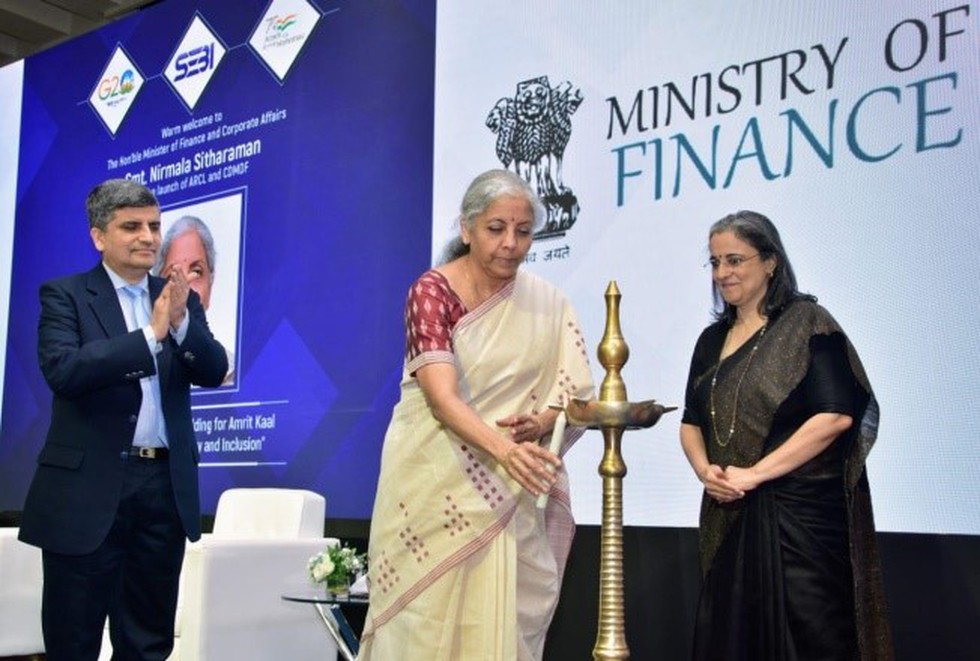About Corporate Debt Market Development Fund:
- It is a backstop facility for specified debt funds during market dislocations.
- The fund is intended to provide liquidity support in the event of a financial crisis.
- It will be in the form of an alternative investment fund (AIF), meant to instil confidence among the participants in the Corporate Bond Market during times of stress
- The fund has Rs 33,000-crore backstop facility for Mutual Funds.
- Of the Rs 33,000 crore, Rs 30,000 crore will come from the government, while the balance Rs 3,000 crore will be contributed by the Asset Management Companies.
- Contributions to the fund can be done by the specified debt-oriented mutual fund schemes and asset management companies of mutual funds.
- This fund is guaranteed by the National Credit Guarantee Trust Company (NCGTC) and the backstop facility will be managed by SBI Mutual Fund.
- Who can invest?
- Specified debt-oriented mutual fund schemes here are ‘open-ended debt oriented mutual fund schemes, excluding the overnight funds and gilt funds and including conservative hybrid fund’.
- These specified debt-oriented schemes will invest 25 basis points (0.25 per cent) of their asset under management (AUM) in CDMDF units and will increase their contribution when their AUM increases and review it every six months.
- However, there will be no redemption from CDMDF in case their AUM reduces.
- The same applies to the specified schemes of new mutual funds or such new schemes from the existing mutual funds.
- The AMCs are also required to make a contribution of 2 per cent of their specified debt-oriented schemes’ AUM as a one-time contribution.
- The initial contribution for this purpose will be based on the AUM as of December 31, 2022, in the specified schemes of the mutual funds.
What is a Backstop facility?
- A backstop is an act of providing last-resort support or security in a securities offering for the unsubscribed portion of shares.
- When a company is trying to raise capital through an issuance, it may get a backstop from an underwriter or a major shareholder, such as an investment bank, to buy any of its unsubscribed shares.
